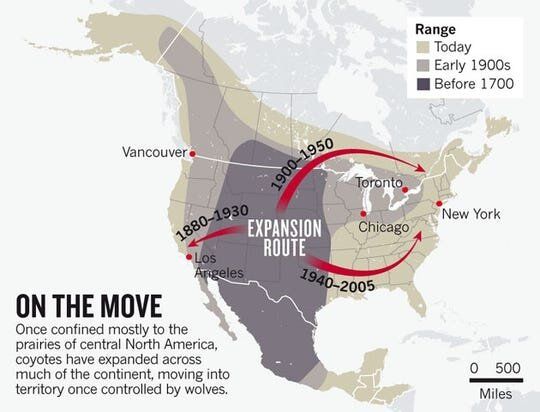Field Guide / State Hunting Guide
4 Types Of Weather You Shouldn't Avoid During Turkey Season
At HuntWise, we genuinely believe the best time to be in the field is when the season is open. Granted, it is essential to consider potentially dangerous weather conditions and how that could impact your safety and success when hunting. However, we firmly believe that all types of weather hold something special for us as hunters.
Previous in State Hunting Guide
More Content Like This
4 Tips For Late-Season Muzzleloader Hunting
Simply put, everyone wants to harvest a big buck. No matter what. Whether the rut has just began, or is completely over, we all want to harvest that big buck on our trail cam. However, hunting during the late-season is vastly different than both b...Read More
Read More State Hunting Guide
State Hunting Guide4 Tips For Late-Season Muzzleloader Hunting
Simply put, everyone wants to harvest a big buck. No matter what. Whether the rut has just began, or is completely over, we all want to harvest that big buck on our trail cam. However, hunting during the late-season is vastly different than both b...Read More
Read More
1 of 1
